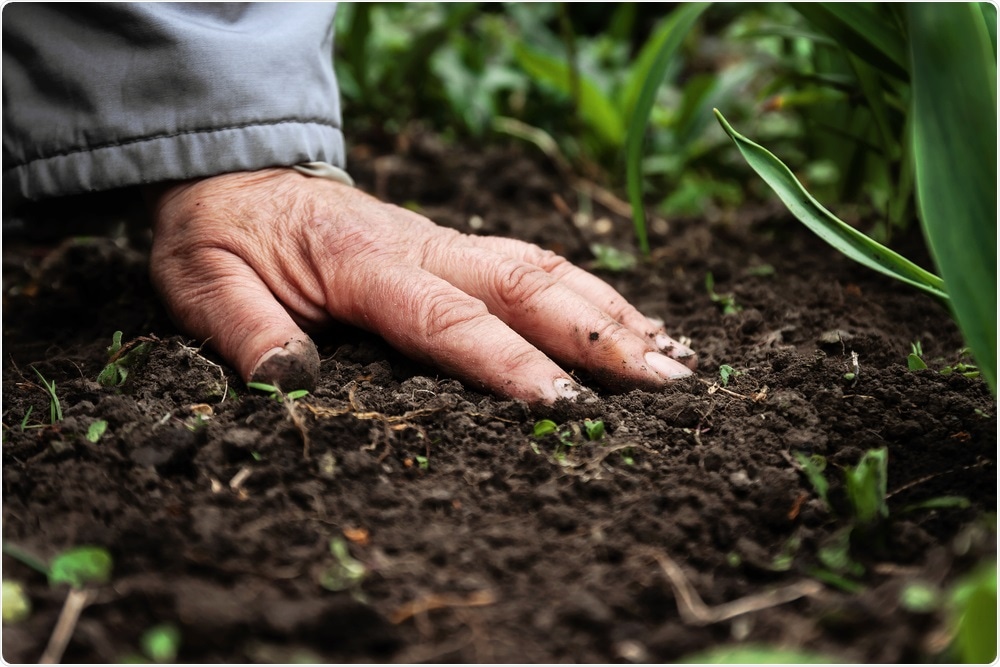Restoration of degraded landscapes requires time and patience, but researchers, comparing the outcomes of a six-year native planting initiative in South Australia, were shocked by persistent soil deficiencies.

Image Credit: TanaCh/Shutterstock.com
Despite the fact that revegetation has been linked to enhanced soil health, Flinders University researchers found a deficiency in soil bacterial recovery following the replanting, indicating the need for greater ecosystem restoration studies.
We are in the midst of the global biodiversity and land degradation crisis and the UN has just declared a Decade on Ecosystem Restoration. Clearly there is an urgent need and rising demand for effective restoration actions.”
Dr Martin Breed, Study Senior Author, Frontiers of Restoration Ecology Research Group
Dr Martin Breed is also a member of Health Urban Microbiome Initiative
According to the IPBES Assessment Report on Land Degradation and Restoration, land degradation affects around 75% of the Earth’s land area, with that figure expected to increase almost 90% by 2050.
Since European settlement, Australia has lost over 40% of its forests, with the remaining native forest being extremely fragmented, with just 4% of Adelaide Plains Forest cover and below 10% of Mount Lofty’s original forest cover surviving.
Flinders University and CSIRO scientists compared soil microbiota by sequencing the DNA of bacterial 16s rRNA gene obtained from soil samples collected at a six-year interval near the Mount Bold Reservoir near Adelaide at a large revegetation site to better understand how soil microbiota responds to native plant revegetation.
These soil bacteria are fundamental to ecosystems—and their biodiversity is vital for human health and wellbeing. These common microbiotas underpin many functions we rely on, such as forming soil, decomposing organic matter, and making nutrients available to plants and animals.”
Dr Martin Breed, Study Senior Author, Frontiers of Restoration Ecology Research Group
While the study discovered some signs of recovery, the researchers were worried by the obvious absence of microbial recovery even after a long time since revegetation.
Our results show that we can’t rely on native plant revegetation to restore soil microbiota. The study contributes important new information and highlights fundamental knowledge gaps in understanding of how soil microbiota responds to native plant revegetation.”
Dr Martin Breed, Study Senior Author, Frontiers of Restoration Ecology Research Group
The largest reservoir in South Australia, Mount Bold, is about a 45-minute drive south of Adelaide, and more than 5500 hectares of land surrounds the reservoir.
Source:
Journal reference:
Lem, A. J., et al. (2022) Does revegetation cause soil microbiota recovery? Evidence from revisiting a revegetation chronosequence six years after initial sampling. Restoration Ecology. doi.org/10.1111/rec.13635.